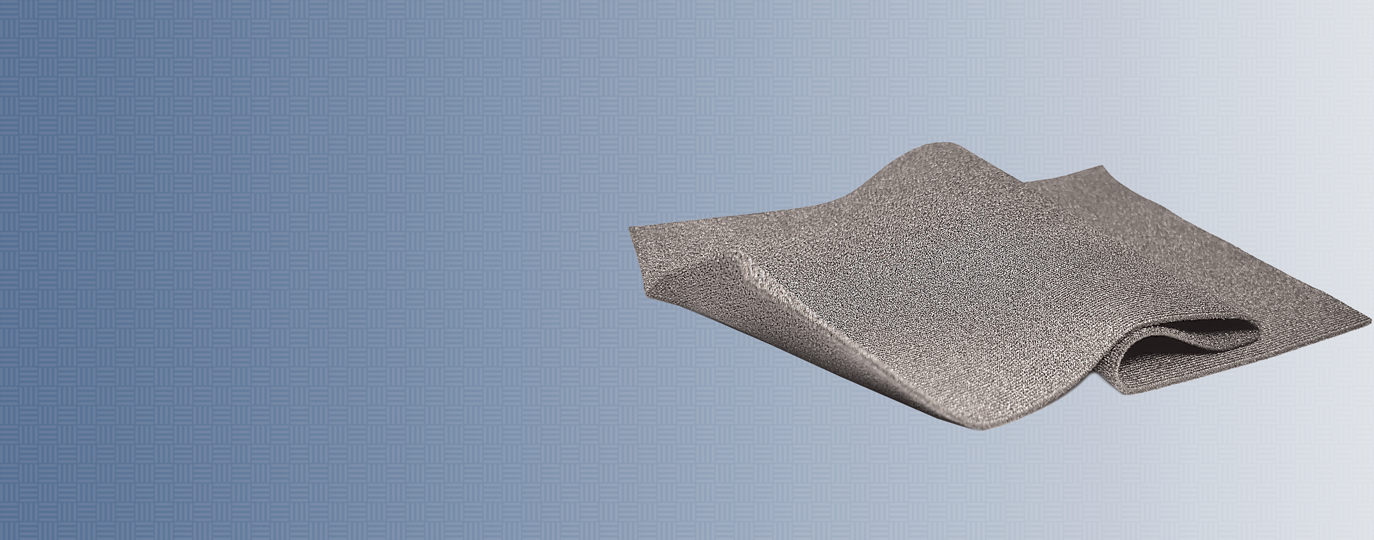
Why Silver?
The use of silver to treat infections has a long history, dating back to the Greek and Roman Empires. Hippocrates, the father of modern medicine is attributed with describing the use of silver in wound care in 400 bc. Through a unique silver-plating process, Silverlon puts the antimicrobial power of pure silver in the dressing – more pure metallic silver than any other silver-based dressing. When activated by moisture, it generates silver ions that are effective against a wide spectrum of wound pathogens. Silver ions kill pathogens by at least three mechanisms. First, the ion binds to a receptor on the cell wall, preventing cellular respiration. Second, in the same manner, it prevents the cell from taking in nutrients. And third, the ion penetrates the cell wall, disrupting the DNA and preventing replication.
Silverlon uses activated silver. Silver is not antimicrobial unless activated. Silverlon dressings are activated prior to application and have an immediate antimicrobial effect. The antimicrobial activity remains effective for upto seven days.
-
Patient Perspectives on Novel Intervention for Radiation Dermatitis
Read MoreAuthors: Phylicia Gawu, D.O.1, Oluwatomiwa Awobayiku, BS2, Alekhya Mitta M.D.3, Christina Henson M.D.4
The University of Oklahoma Health Sciences Center, Stephenson Cancer Center; New York Institute of Technology College of Osteopathic Medicine at Arkansas State University
Publication: InitialPatient Perspectives on a Novel Intervention for Radiation Dermatitis: A Single Institutional Experience
-
Silver in medicine: A Brief History BC 335 to Present
Read MoreSilver is a naturally occurring element. Similar to other metals, the ionized form of silver (Ag+1) has known antimicrobial properties. A number of wound dressings incorporating silver ion or silver compounds have recently been developed and marketed.
